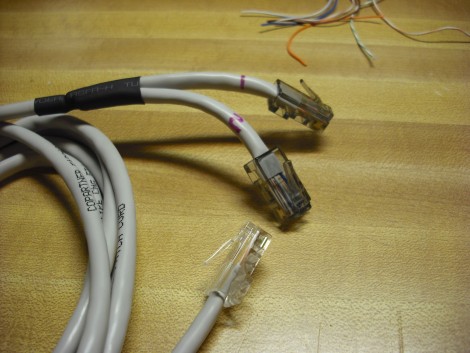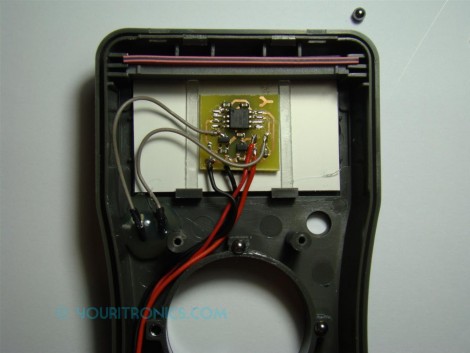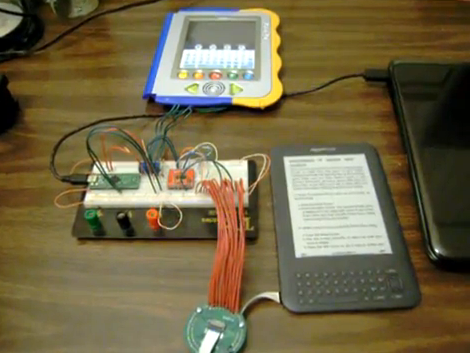
Programmers don’t need to get good at a game to achieve a high score, they code a bot for that instead. Take [hypnotizd] for instance. He was learning to write in the C# language and decided to make a bot that plays Bejeweled Blitz on Facebook. He figures he took between 48 and 72 hours of coding over a couple of weeks, but remember, he was learning the language at the same time. We think you’d be hard pressed to achieve a 1.5 million range score by yourself, even with that amount of practice time.
We spoke with [hypnotizd] yesterday afternoon to get a bit of background on how he made this happen. His code (he’s not releasing it so you’ll have to write your own) scrapes the screen image as input. You can see at the beginning of the video after the break that he sizes his app to properly align each jewel in its grid. The program then identifies each game piece by finding the center of the cell and taking a 25 square-pixel average color. Many of the jewels are easily recognized in this first pass, but some are harder and require several different tests to identify. That’s the difficult part, choosing the best move is just a matter of coming up with your own rules on how the bot should play the game.
Continue reading “Bejeweled Blitz Bot Makes Your High Score Look Just Sad”
















